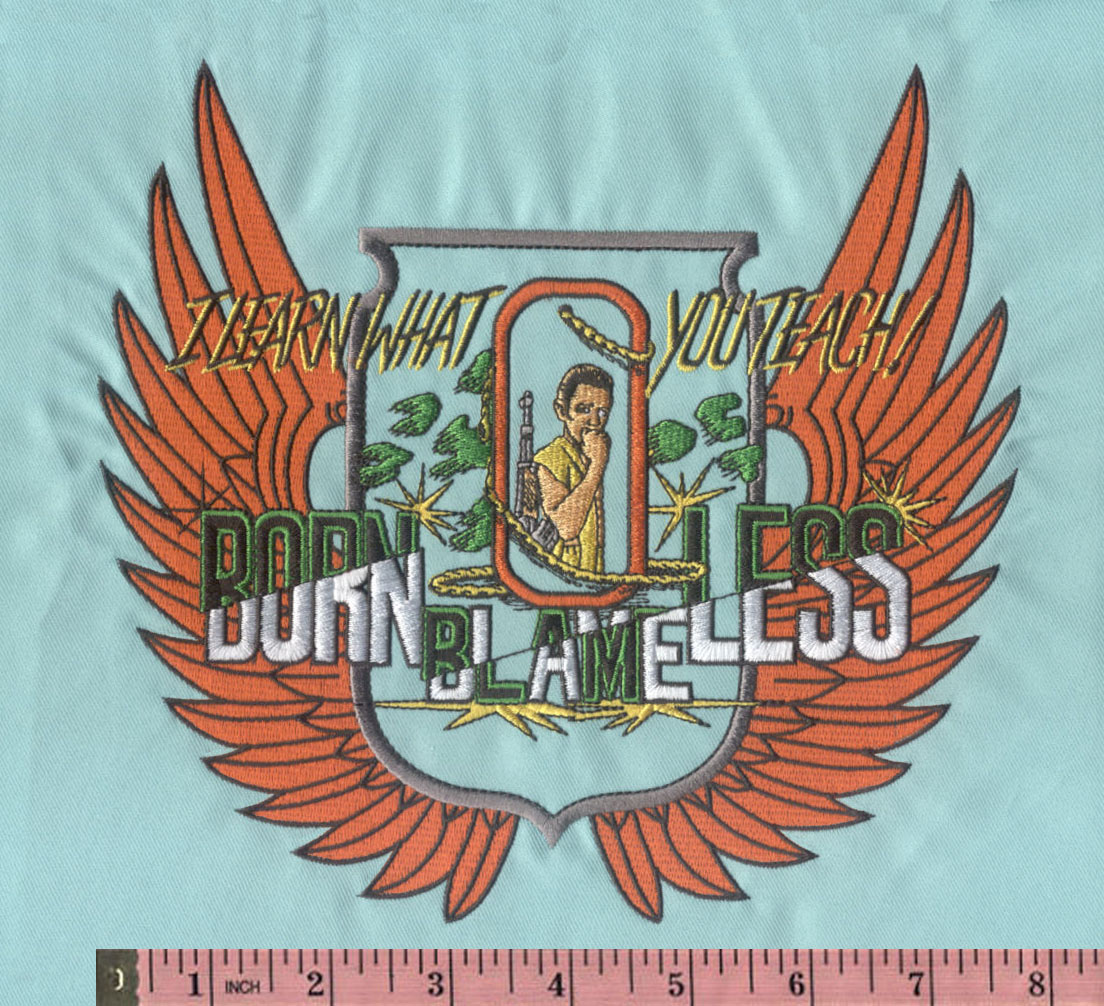Stitching Health: Embroidery Digitizing for Medical Applications
It might seem surprising that embroidery, a craft frequently connected to ornamental textiles and fashion, could lead to medical advancement. But the healthcare industry has been steadily embracing embroidered digitizing to improve patient care, surgical techniques, and potentially save lives. In this blog, we'll examine how this unexpected collaboration is transforming healthcare while unraveling the intriguing tapestry of needlework digitization for medical uses.
The Art and Science of Embroidery Digitizing
Before we dive into its medical applications, let's understand what embroidery digitizing entails. Embroidery digitizing is the process of converting intricate artwork or designs into machine-readable digital files that can be interpreted by computerized embroidery machines. These machines use these files to meticulously stitch patterns onto fabric, creating detailed and precise embroidered designs.
The Role of Embroidery Digitizing in Medicine
1. Surgical Precision
One of the most exciting applications of embroidery digitizing in the medical field is its use in surgery. Surgeons and medical professionals can digitize intricate surgical patterns and templates, which can be loaded into robotic surgical systems. These systems can then replicate the exact movements and incisions needed for a procedure, ensuring unparalleled precision during surgery. This minimizes the risk of human error and promotes better patient outcomes.
2. Custom Medical Garments
Embroidery digitizing allows for the creation of custom medical garments that fit patients perfectly. This is especially important in cases of burns, amputations, or reconstructive surgery, where off-the-shelf clothing might not be suitable. Digitized embroidery ensures a snug fit, reducing discomfort and aiding the healing process.
3. Identification and Tracking
In hospitals and clinics, patient identification is crucial to avoid mix-ups and ensure the right treatment. Embroidery digitizing can be used to create personalized and durable medical bracelets, gowns, and other items that include vital patient information. This not only helps with identification but also facilitates efficient tracking of patient records and treatments.
4. Rehabilitation and Sensory Aid
Embroidery digitizing is also being used to create sensory aids for individuals with physical or cognitive impairments. For example, tactile embroidered symbols and patterns can assist visually impaired individuals in navigating medical devices or braille instructions on medication labels, enhancing their independence and safety.
Embroidery and Biofabrication
The future of medical embroidery extends beyond digitizing existing designs. Researchers are exploring the concept of biofabrication, where biological materials are combined with digitized embroidery techniques to create functional and customizable tissues and organs. While this technology is still in its infancy, it holds the promise of revolutionizing organ transplantation and regenerative medicine.
Custom Medical Imaging Garments
1. MRI-Friendly Garments:
Traditional clothing often contains metallic elements that can interfere with magnetic resonance imaging (MRI) scans. By digitizing and creating custom garments with non-metallic threads, patients can wear comfortable clothing during MRI scans without compromising image quality.
2. Radiation Therapy Markers:
For cancer patients undergoing radiation therapy, precise targeting is essential. Digitized embroidery can be used to create radiation markers that are not only highly visible to the medical team, but also comfortable for the patient to wear during treatment.
Patient Rehabilitation and Therapy
1. Sensory Integration Therapy:
Children with sensory processing disorders often benefit from sensory integration therapy. Digitized embroidery can create tactile and textured panels or garments to aid in sensory therapy sessions, helping children adapt to various sensations in a controlled and supportive environment.
2. Post-Surgery Rehabilitation Garments:
After orthopedic surgeries or injuries, patients often require specialized garments for support and mobility. Digitized embroidery can tailor these garments to the patient's specific needs, ensuring optimal recovery.
Biometric Monitoring
1. Smart Textiles:
Embroidery digitizing can be combined with smart textiles to create garments embedded with biometric sensors. These garments can monitor vital signs, such as heart rate, respiration, and temperature, providing real-time health data for patients, athletes, or those with chronic medical conditions.
2. Wearable Health Monitors:
Medical wearables like ECG vests and glucose-monitoring shirts can incorporate embroidery digitizing techniques to make them comfortable, durable, and aesthetically pleasing, encouraging consistent use for health tracking.
Infection Control
Antimicrobial Embroidery: Hospitals and healthcare facilities can use embroidery digitizing to incorporate antimicrobial threads into patient gowns, bed linens, and other textiles. This helps reduce the spread of infections and maintains a hygienic environment.
Rehabilitation Robotics
1. Prosthetic Covers:
Embroidery digitizing can be applied to create decorative and personalized covers for prosthetic limbs, making them not only functional but also aesthetically pleasing. These covers can boost the confidence and self-esteem
of prosthetic users.
2. Orthotic Bracing:
Orthotic devices like braces and splints can be customized with digitized embroidery, making them more comfortable and visually appealing for patients, especially children and teenagers.
Medical Education
1. Anatomical Models:
Digitized embroidery can be used to create detailed anatomical models and teaching aids. These tactile models can help medical students and professionals better understand complex structures, improving the quality of medical education.
2. Language and Communication Tools:
Embroidered communication boards and tools can assist patients with limited speech capabilities, facilitating effective communication with healthcare providers and caregivers.
In conclusion, embroidery digitizing is proving to be a versatile and creative tool in the medical field, with applications ranging from precision in surgery to improving patient comfort and well-being. As technology continues to advance, we can anticipate even more groundbreaking uses of embroidery digitizing, further enhancing the quality of healthcare and patient experiences. This synergy between artistry and healthcare showcases the power of interdisciplinary collaboration in finding innovative solutions to medical challenges.



